Reptiles may not show stress in the same obvious ways as mammals, but they definitely experience it. As cold-blooded creatures with primitive brains, their stress responses tend to be subtle yet potentially serious. Recognizing these signs early can prevent health deterioration and even save your reptile’s life. This comprehensive guide will help you identify stress indicators in your scaly companion and provide effective solutions to create a more comfortable environment. Whether you’re a new reptile owner or have years of experience, understanding these stress signals is essential for responsible pet ownership and ensuring your reptile thrives in captivity.
Understanding Reptile Stress
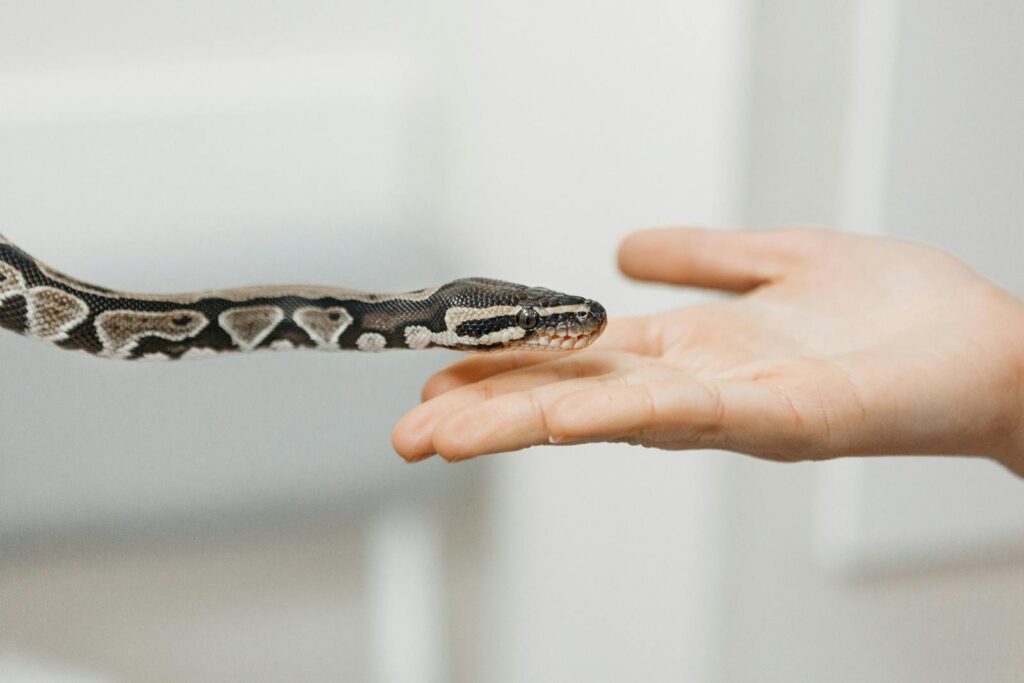
Reptiles experience stress differently than mammals, often displaying subtle physiological and behavioral changes that can be easy to miss. In the wild, stress responses help reptiles survive predators and environmental threats, but in captivity, chronic stress can severely impact their health and longevity. Unlike mammals, reptiles don’t produce cortisol, but their bodies release other stress hormones that affect their immune system, digestion, and overall well-being. Reptile stress typically stems from environmental factors, health issues, improper handling, or social dynamics. Understanding these fundamental aspects of reptile physiology helps responsible owners recognize when their pets are experiencing discomfort before it leads to serious health complications.
Decreased Appetite and Weight Loss
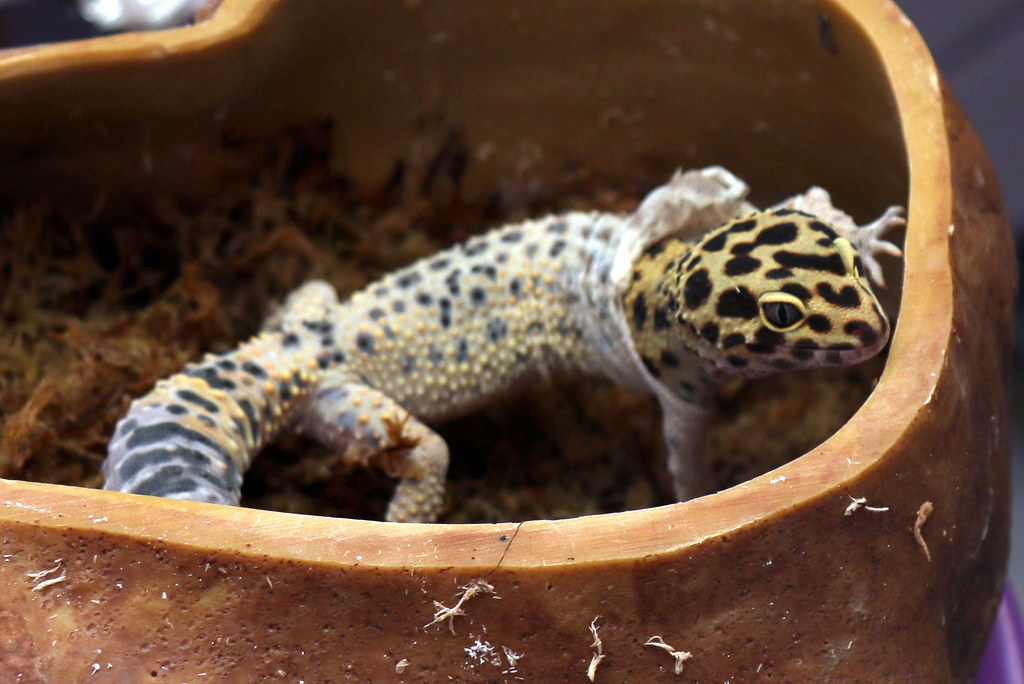
One of the earliest and most common signs of stress in reptiles is a sudden decrease in appetite or complete refusal to eat. While many species naturally fast during certain periods (like before shedding or brumation), prolonged food avoidance outside these normal cycles should raise concerns. Weight loss may follow, which can be difficult to notice without regular weighing, especially in species with naturally lean builds. Pay particular attention if your reptile shows initial interest in food but then backs away or if previously favorite foods are suddenly rejected. In severe cases, stressed reptiles may lose significant body mass rapidly, developing a sunken appearance around the tail base or visible spine protrusions. Always rule out illness with a veterinary visit while examining potential environmental stressors.
Unusual Hiding Behavior
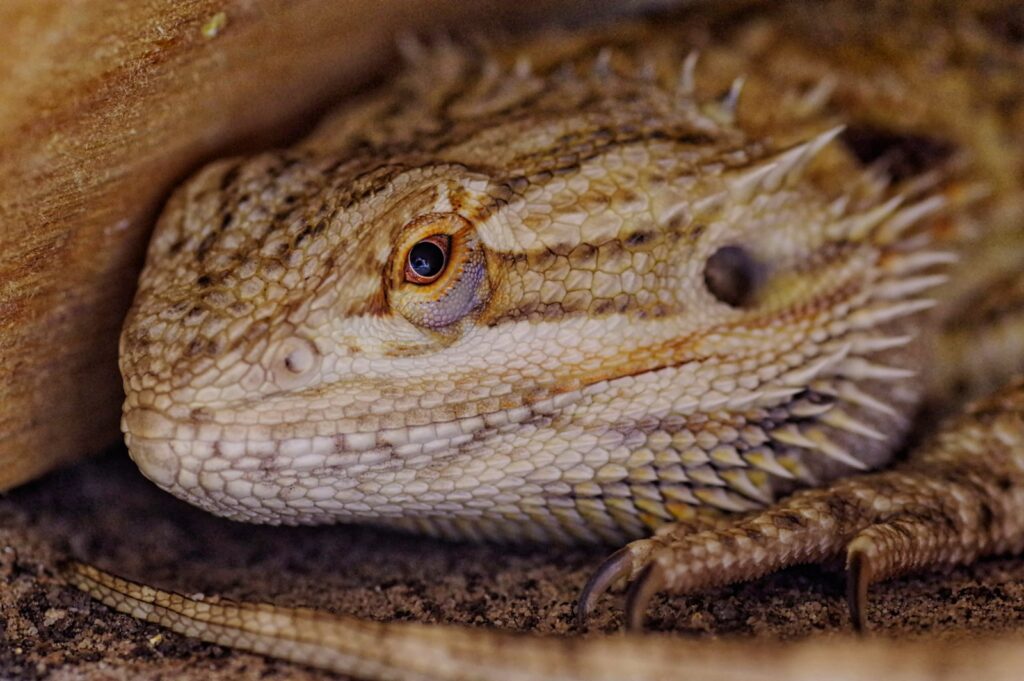
While most reptiles naturally seek shelter at times, excessive hiding often indicates stress. Your typically visible bearded dragon suddenly spending all day buried under substrate or a normally active gecko refusing to leave its hide for days suggests something is wrong. This behavior represents an attempt to feel safe when the reptile perceives threats in its environment. The quality of hiding is also meaningful – frantic attempts to escape exposure or unusual hiding spots (like burrowing in food dishes) reveal heightened anxiety levels. Some stressed reptiles may even hide when they would normally be active, disrupting their natural circadian rhythms. Provide appropriate hiding places in your enclosure, but be concerned if your pet never voluntarily emerges during its usual active periods.
Abnormal Aggressive Behavior
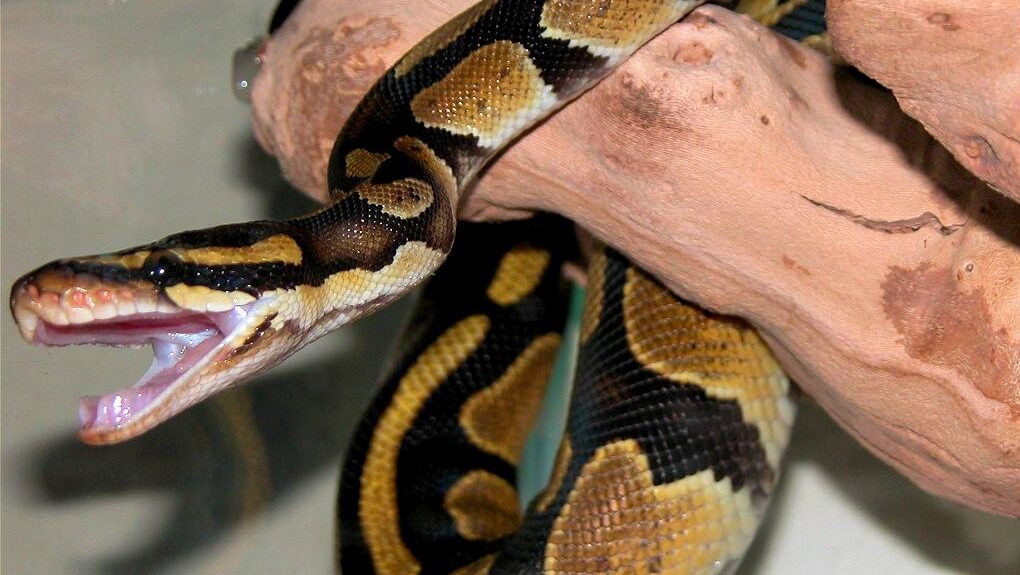
A sudden increase in defensive posturing, hissing, tail whipping, or biting often indicates stress in previously docile reptiles. This behavioral change stems from your pet feeling threatened or uncomfortable in its environment. Some species naturally display territorial aggression during breeding seasons, but unprovoked aggression outside these periods typically signals distress. Even typically handleable reptiles may begin lunging, biting, or attempting to flee when approached if they’re experiencing chronic stress. Pay close attention to the context of the aggressive displays – they often intensify around specific stimuli like certain sounds, sudden movements, or particular people. In multi-reptile enclosures, aggression might indicate social stress from incompatible cagemates or resource competition.
Irregular Shedding Patterns

Stress frequently disrupts the normal shedding process in reptiles, resulting in incomplete sheds, retained eyecaps, or abnormal shedding frequency. While proper humidity is essential for healthy shedding, even with ideal conditions, a stressed reptile may experience shedding problems. You might notice your reptile shedding in small, difficult patches rather than in larger sections or complete pieces. Particularly concerning are “stuck sheds” on extremities like toes, tail tips, or around the eyes, which can restrict blood flow and lead to tissue death if not addressed. Some stressed reptiles develop a dull, lackluster appearance between sheds or shed more frequently than normal for their species and age. Always document your pet’s shedding pattern to help identify stress-related disruptions to this natural process.
Changes in Bowel Movements
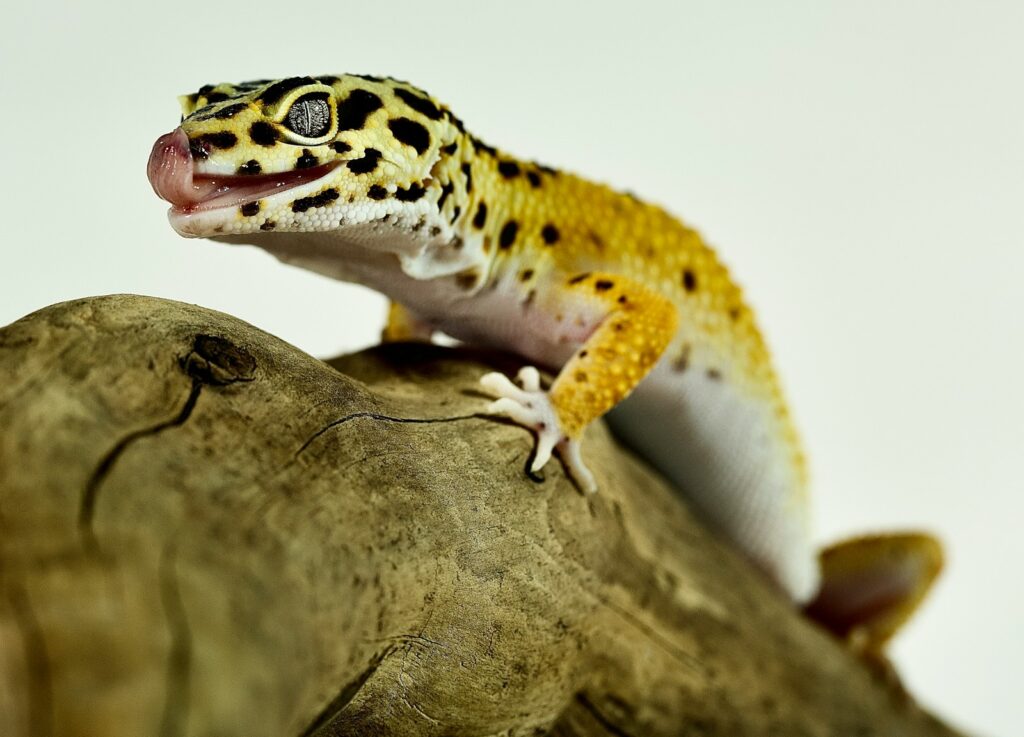
Stress often manifests through digestive disturbances in reptiles, resulting in diarrhea, constipation, or irregular defecation patterns. The consistency, color, and frequency of your reptile’s droppings provide valuable insights into their overall health and stress levels. Watery, foul-smelling stools may indicate stress-induced digestive upset, while complete absence of bowel movements despite regular feeding suggests potential impaction or severe stress. Some reptiles may also produce abnormally colored droppings when stressed – unusually dark or light waste compared to their normal eliminations. Pay particular attention to any straining during defecation attempts, which could indicate serious digestive complications triggered by chronic stress. Keeping a simple log of your reptile’s elimination patterns helps establish what’s normal for your individual pet.
Abnormal Breathing or Respiratory Issues
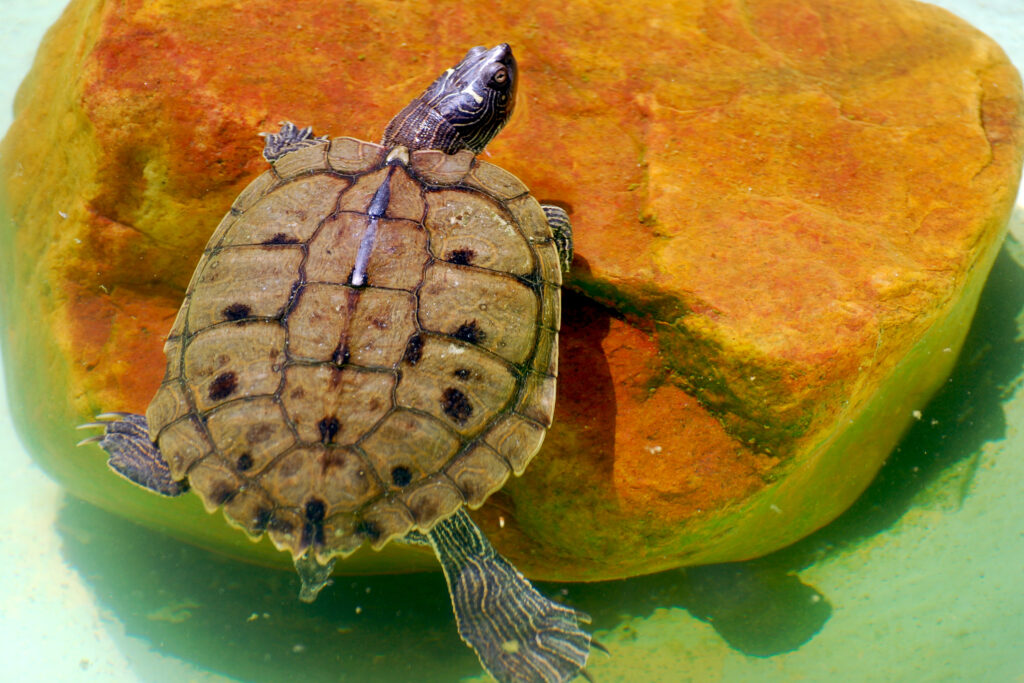
Stressed reptiles frequently develop respiratory problems, characterized by open-mouth breathing, wheezing, bubbling around the nostrils, or audible breathing sounds. While these symptoms can indicate respiratory infections, they often first appear during periods of stress when the immune system becomes compromised. You might notice your reptile keeping its mouth slightly open even when not thermoregulating or basking. Some species will extend their neck in unusual positions while breathing when stressed. Reptiles with respiratory distress may also show reduced activity as they conserve energy for breathing. Though environmental factors like improper temperature and humidity directly cause many respiratory issues, the underlying trigger is often chronic stress that weakens the reptile’s natural defenses.
Glass Surfing and Escape Behavior
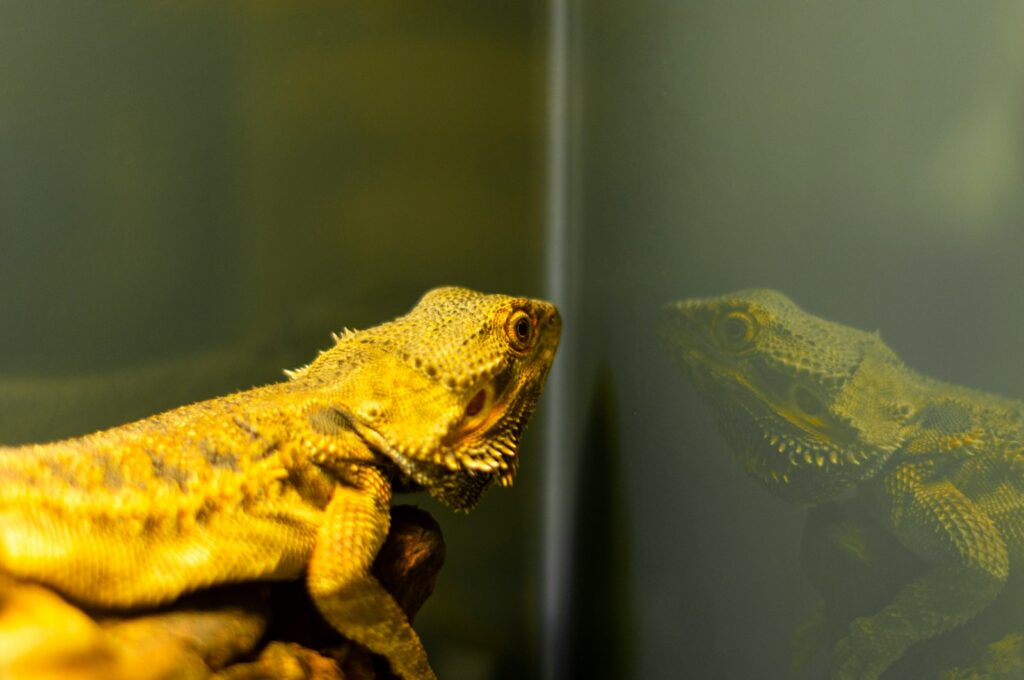
Many stressed reptiles exhibit “glass surfing” – repeatedly climbing or scratching at terrarium walls in an apparent attempt to escape. This behavior indicates your reptile feels unsafe, uncomfortable, or understimulated in its current environment. Sometimes mistaken for normal curiosity, persistent glass surfing is distinctive in its frantic, repetitive nature and can lead to rostral abrasions (nose injuries) or damaged claws. Some species may also dig obsessively at enclosure corners or push against lid seams. This behavior often intensifies during certain times of day or after specific environmental changes. While some new reptiles temporarily exhibit this behavior while acclimating to new surroundings, persistent escape attempts signal ongoing stress that requires environmental modifications.
Color Changes and Dulling
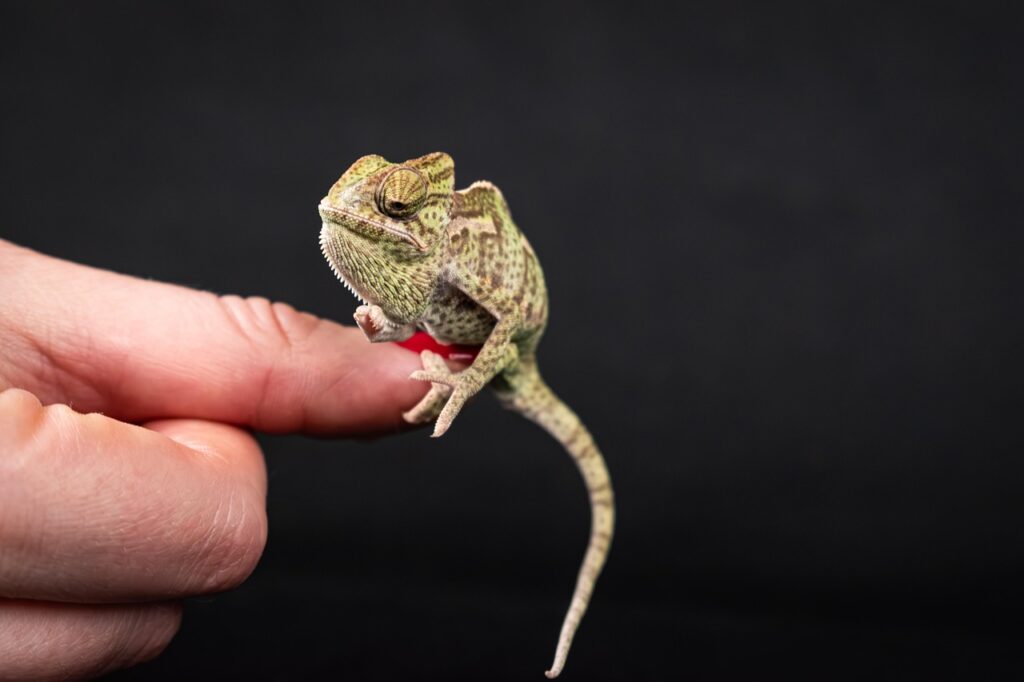
Many reptile species can subtly or dramatically change colors in response to stress, often darkening or displaying unusual patterns. While some color changes relate to temperature regulation or breeding status, stress-induced color changes typically persist regardless of environmental conditions. For instance, a stressed bearded dragon might display blackened beards and dark body coloration outside of normal defensive contexts. Chameleons, known for their color-changing abilities, may show unusually pale or dark colorations when stressed. Even species with fixed coloration can appear duller or more muted when experiencing chronic stress. The intensity of coloration often correlates with stress levels – progressively darkening or lightening as stress increases. These visual cues provide observant owners with a visible stress barometer.
Abnormal Body Positioning
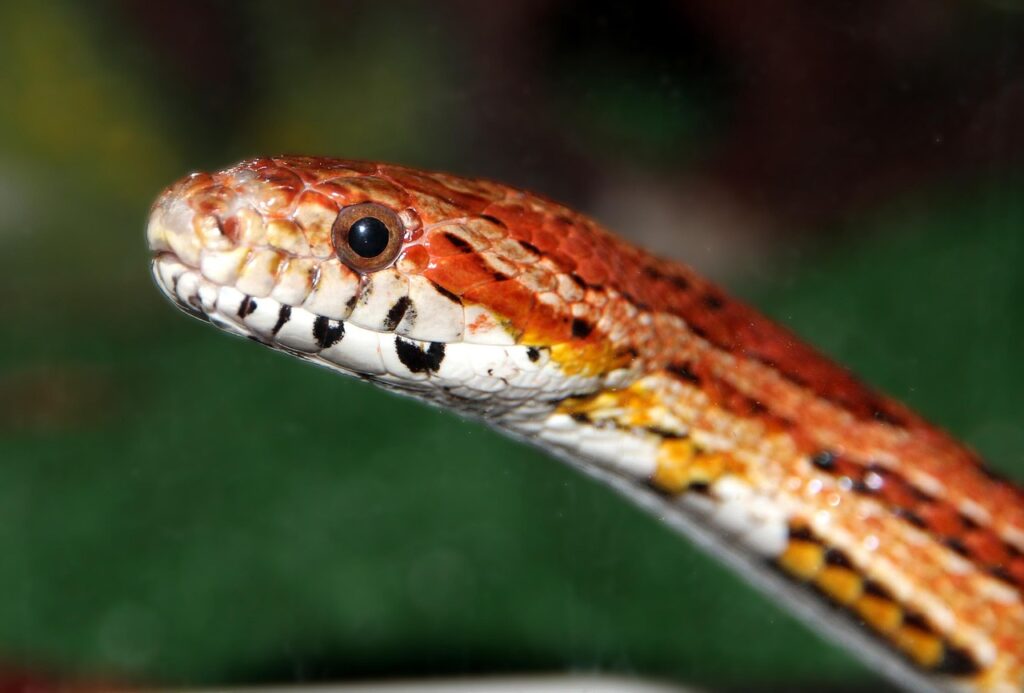
Stressed reptiles often adopt unusual postures that differ from their species’ typical resting or active positions. This might include constantly elevated postures in normally ground-dwelling species, unusual twisting of limbs, or persistent head elevation. Severely stressed reptiles may flatten their bodies against surfaces, tuck limbs tightly against their bodies, or maintain rigid, unnatural poses for extended periods. Some species respond to stress by assuming defensive postures even without apparent threats – like geckos with arched backs or snakes maintaining strike-ready positions without provocation. Pay particular attention to asymmetrical postures that might indicate physical discomfort contributing to stress. A reptile’s body language reveals much about its psychological state, and unusual positioning often represents an attempt to feel more secure or prepare for perceived dangers.
Identifying Environmental Stressors
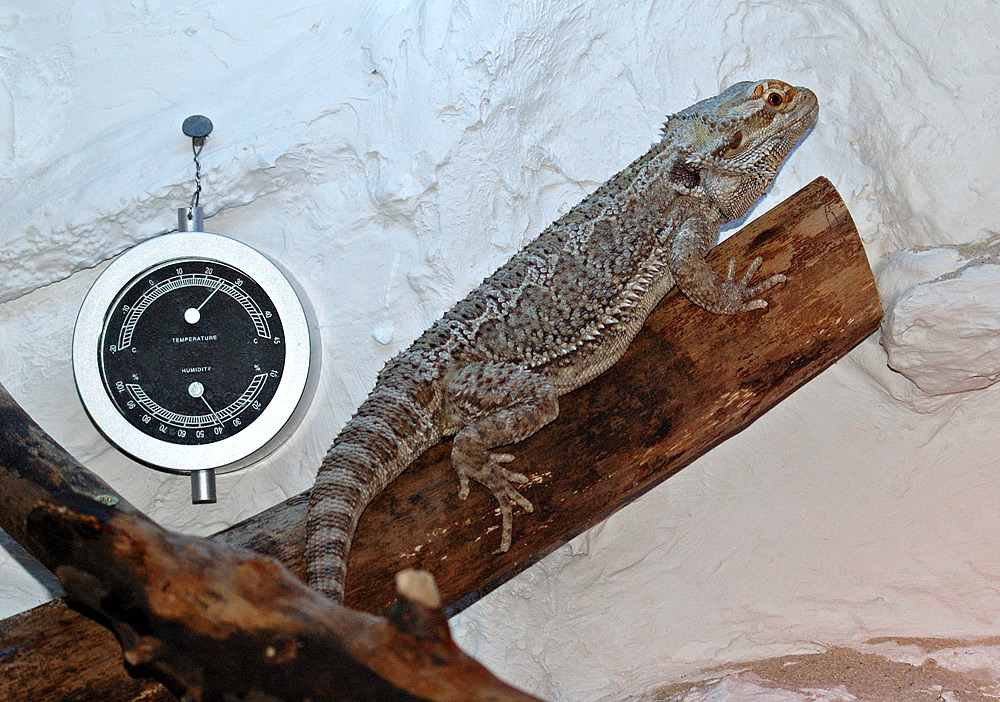
Many reptile stress issues trace back to environmental factors that owners can address with careful observation and setup modifications. Improper temperature gradients prevent normal thermoregulation, forcing reptiles to choose between being too hot or too cold rather than selecting their preferred optimal temperature. Inadequate humidity levels can cause respiratory issues and shedding problems, particularly in tropical species requiring higher moisture levels. Inappropriate lighting spectrum or duration disrupts natural circadian rhythms, potentially triggering stress responses. Enclosures that are too small restrict natural movement patterns and prevent proper exercise. Insufficient hiding places leave reptiles feeling exposed and vulnerable, especially in species that naturally seek cover in the wild. Careful monitoring using digital thermometers, hygrometers, and proper UVB meters helps identify these environmental shortcomings.
Reducing Stress Through Handling Practices
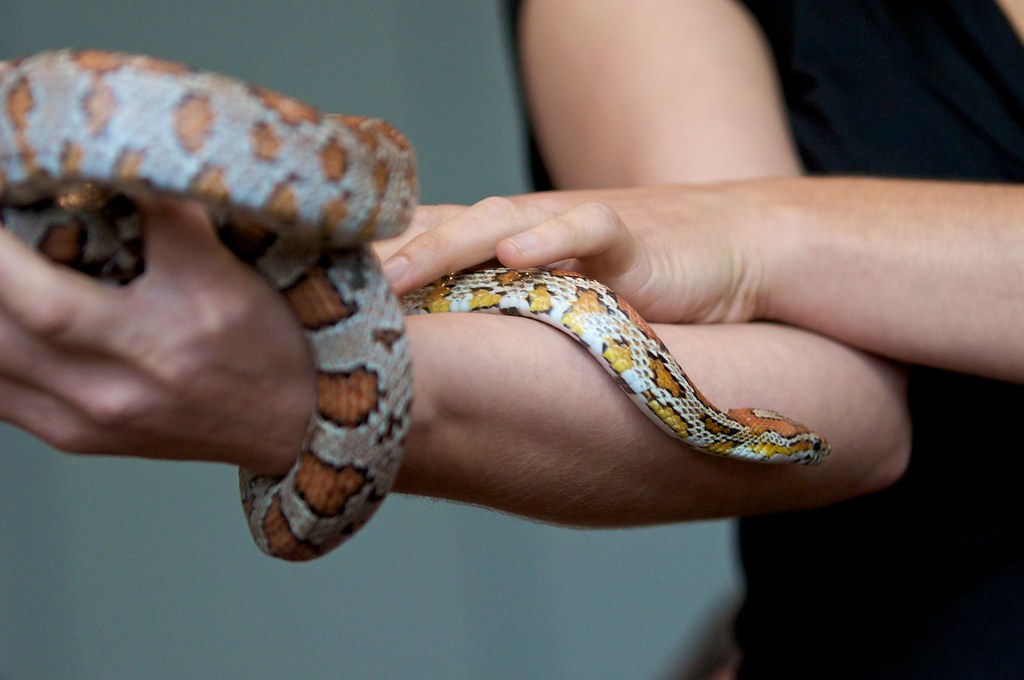
Improper handling ranks among the leading causes of reptile stress, making proper technique essential for their wellbeing. Always approach reptiles from the side rather than from above, which mimics predator attacks and triggers defensive responses. Support your reptile’s entire body, particularly for species with delicate spines or limbs that can be injured during struggling. Limit handling sessions to short periods, gradually increasing duration as your reptile becomes more comfortable with human interaction. Some species benefit from target training with positive reinforcement rather than direct handling. Never grab reptiles by their tails, which can trigger autonomy (tail dropping) in some species or cause spinal injuries. Pay attention to individual preferences – some reptiles tolerate handling better during certain times of day or in specific environments with fewer distractions.
Dietary Adjustments for Stressed Reptiles
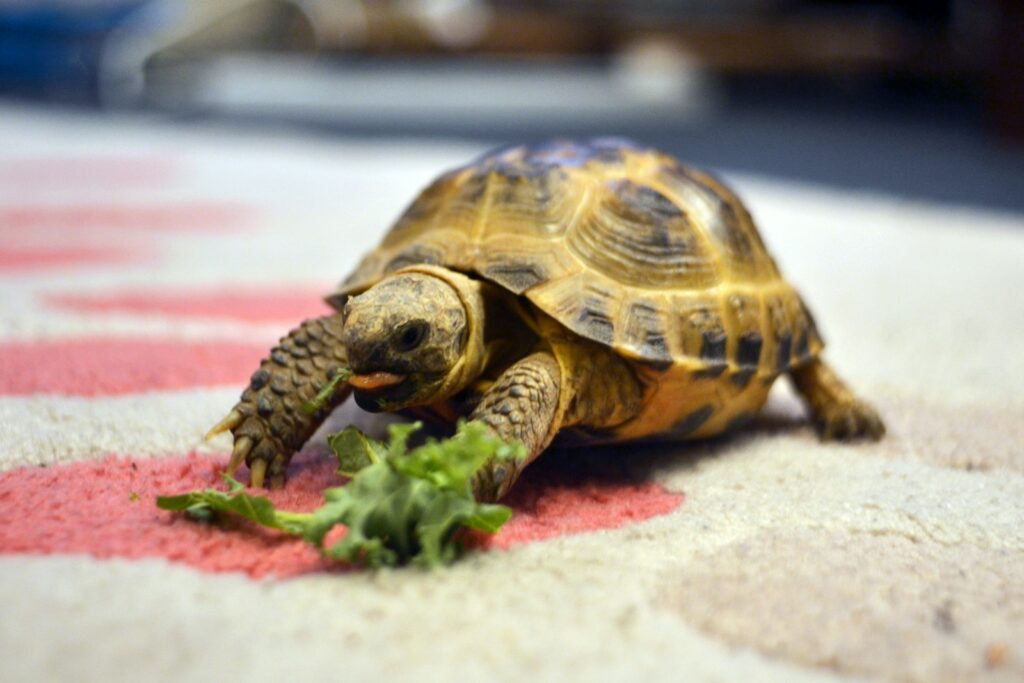
Nutrition plays a critical role in how reptiles respond to and recover from stress episodes. During periods of high stress, consider offering favorite food items that your reptile reliably accepts to encourage eating and maintain weight. For particularly stressed individuals, offering food in secure hiding areas rather than exposed feeding dishes may increase consumption. Some reptiles benefit from temporary increases in dietary variety during recovery from stress – introducing novel food items can stimulate appetite in previously uninterested animals. Supplements containing calcium and vitamin D3 remain crucial during stress recovery to prevent secondary nutritional deficiencies. For severely stressed reptiles refusing solid food, specialized reptile recovery formulas administered via syringe feeding may become necessary after veterinary consultation. Maintaining detailed feeding records helps identify stress-related appetite changes before significant weight loss occurs.
When to Seek Veterinary Care

While many stress symptoms can be addressed through environmental modifications, certain signs warrant immediate professional intervention. Sustained weight loss exceeding 10% of body weight, regardless of cause, represents a medical emergency requiring prompt attention. Respiratory distress that persists for more than 24 hours, particularly when accompanied by nasal discharge or labored breathing, suggests potential infection requiring antibiotic treatment. Any neurological symptoms like tremors, circling, head tilt, or seizures demand emergency evaluation. Prolonged anorexia (refusal to eat) beyond species-specific normal fasting periods indicates serious underlying issues. Progressive lethargy where a normally active reptile becomes increasingly unresponsive should trigger veterinary consultation. Remember that reptiles instinctively hide illness until advanced stages, so when observable symptoms appear, the condition may already be serious.
Creating a Long-Term Stress Reduction Plan
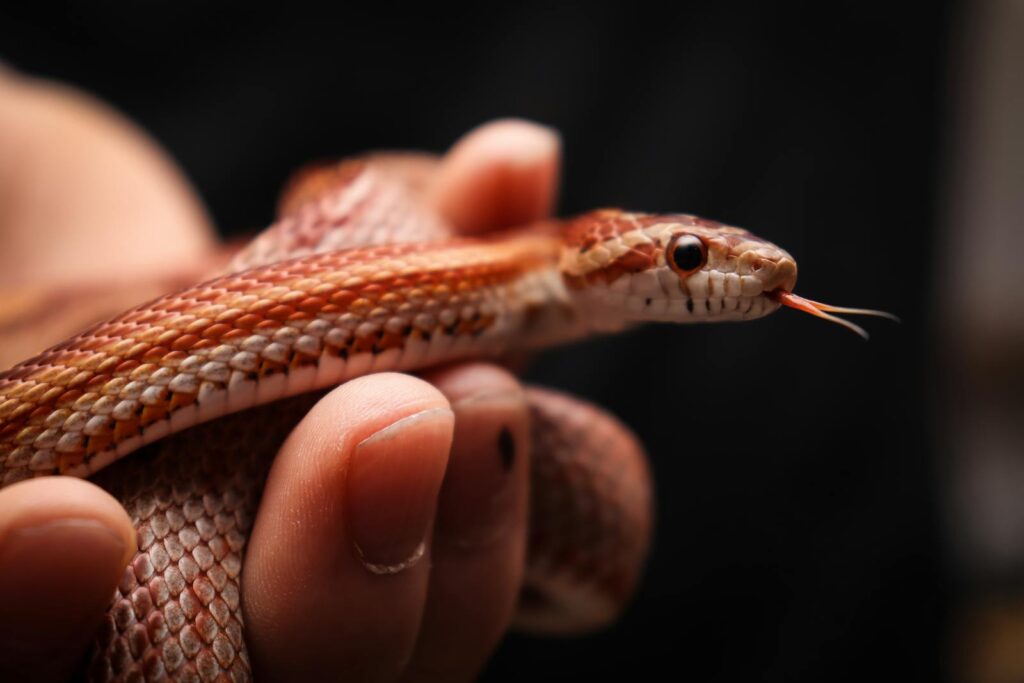
Maintaining a low-stress environment requires ongoing vigilance and systematic evaluation of your reptile’s living conditions. Implement a regular schedule for checking and recording temperature and humidity levels throughout the enclosure, ensuring they remain within species-appropriate ranges. Establish a consistent routine for feeding, cleaning, and interaction that your reptile can anticipate, as predictability reduces stress in captive animals. Consider implementing environmental enrichment appropriate for your species – from climbing structures for arboreal species to digging substrates for burrowers. Periodically reassess enclosure size as your reptile grows, ensuring it always has sufficient space for natural behaviors. Maintain a health journal documenting weight, feeding response, shedding cycles, and behavior patterns to identify subtle changes that might indicate emerging stress. This comprehensive approach addresses both immediate stressors and prevents future stress-related health complications.
Reptiles rely on attentive owners to recognize and address their stress signals, which often appear subtle until conditions become severe. By learning to identify these warning signs early and making appropriate adjustments to environment, handling, and care routines, you can significantly improve your reptile’s quality of life. Remember that each species has unique needs, and what constitutes stress for one reptile may be perfectly acceptable for another. When in doubt, consult with an experienced reptile veterinarian who can provide species-specific guidance. With patience and careful observation, you’ll develop an intuitive understanding of your reptile’s normal behavior, making it easier to identify and address stress before it impacts their health and wellbeing.

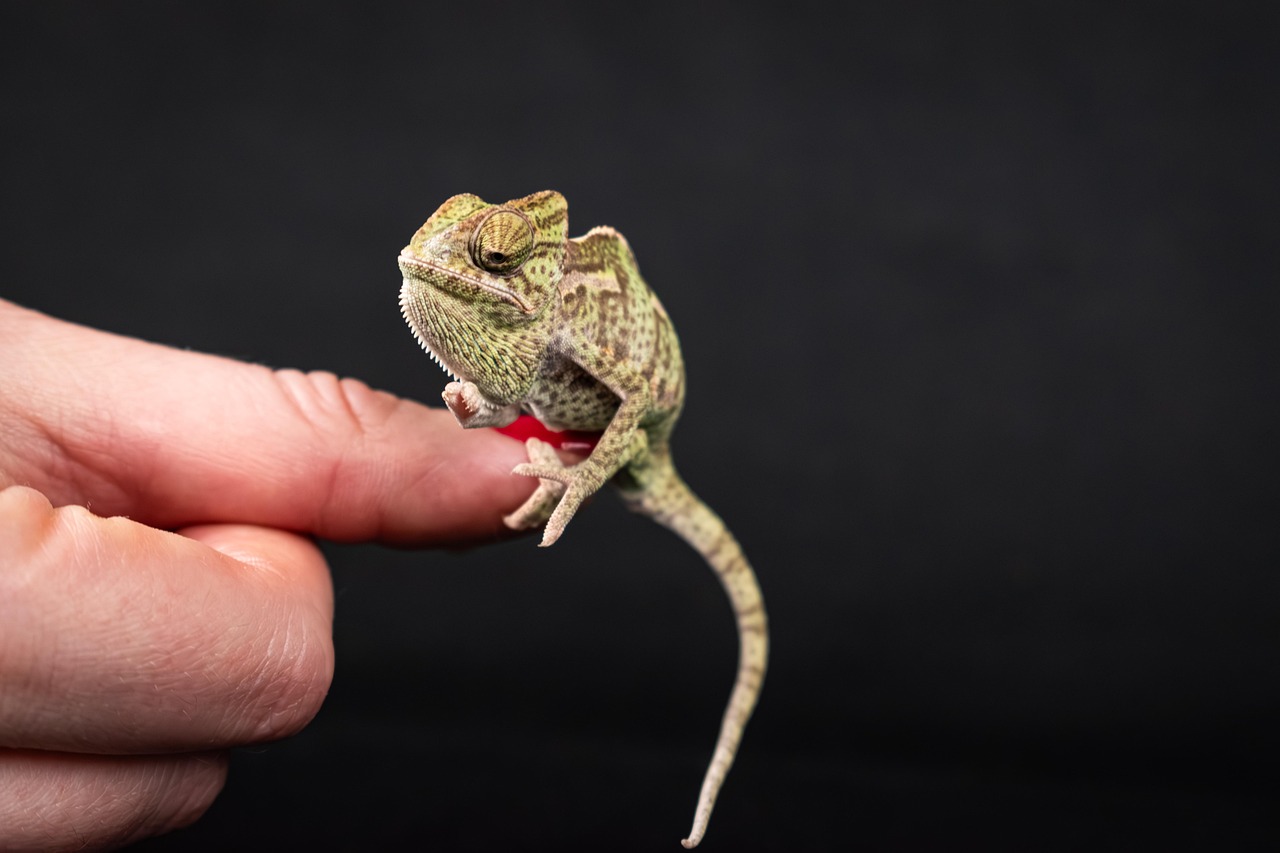

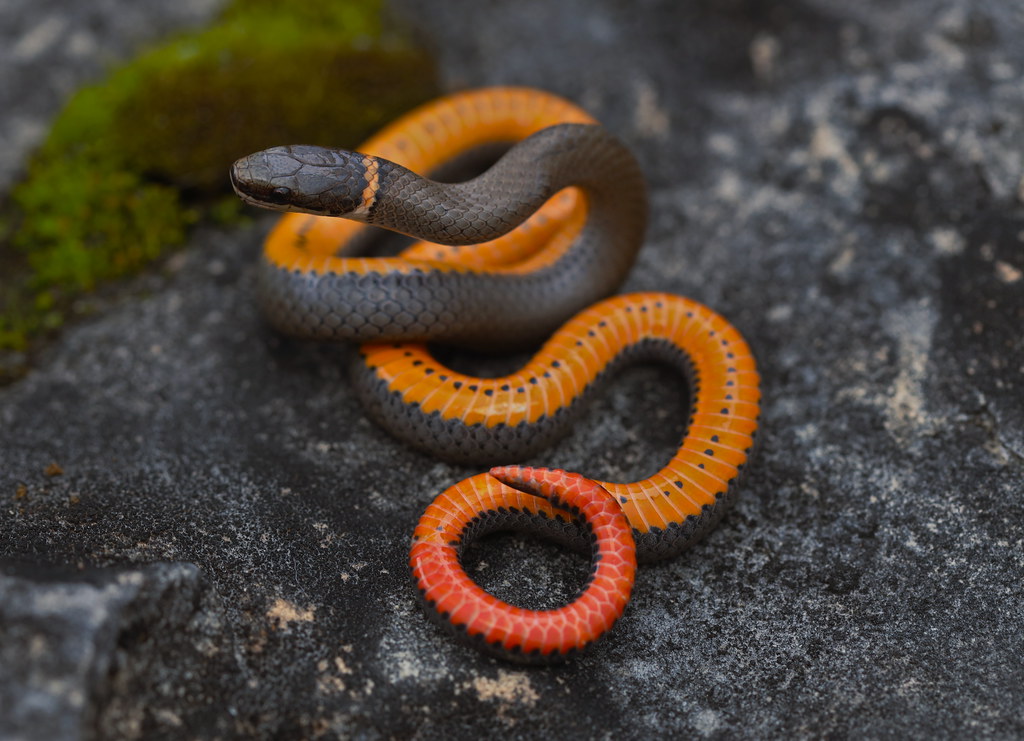




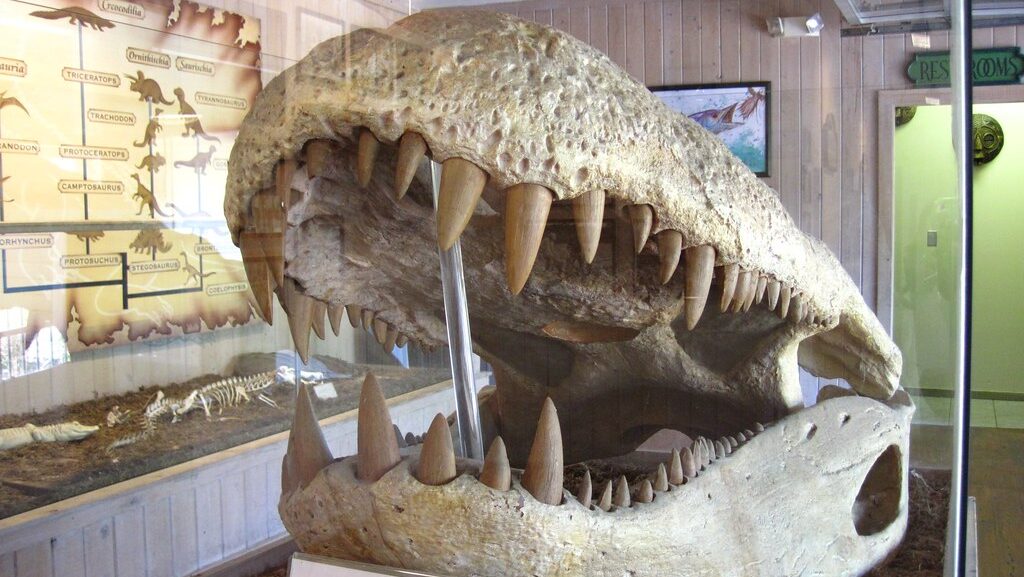
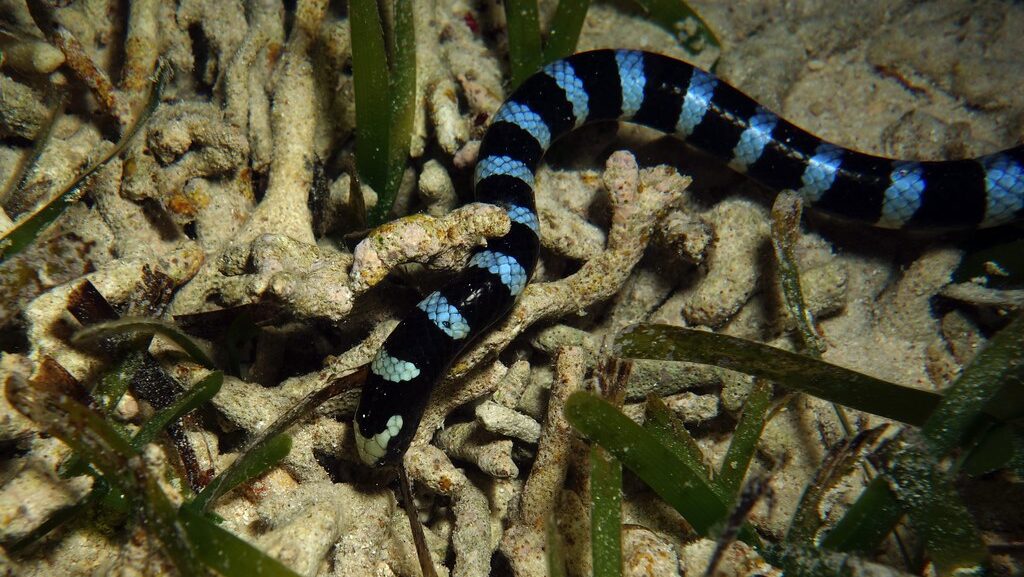
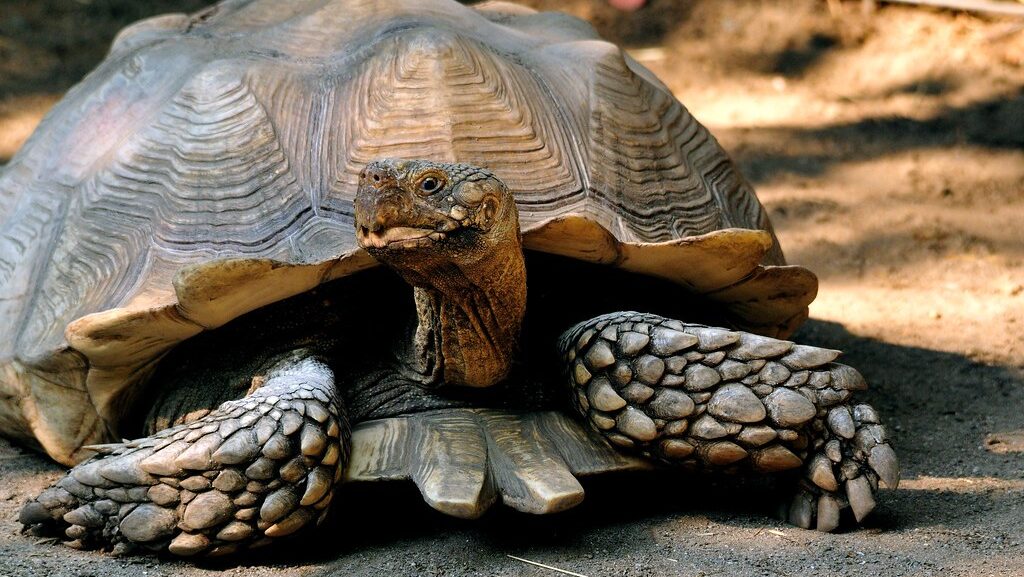




Leave a Reply